How much does it cost to run a fan? I’ve done the sums – and worked out 5 ways to cut that cost
They're not as expensive as you'd think, but there's no harm in saving some extra cash

Rachel Ogden
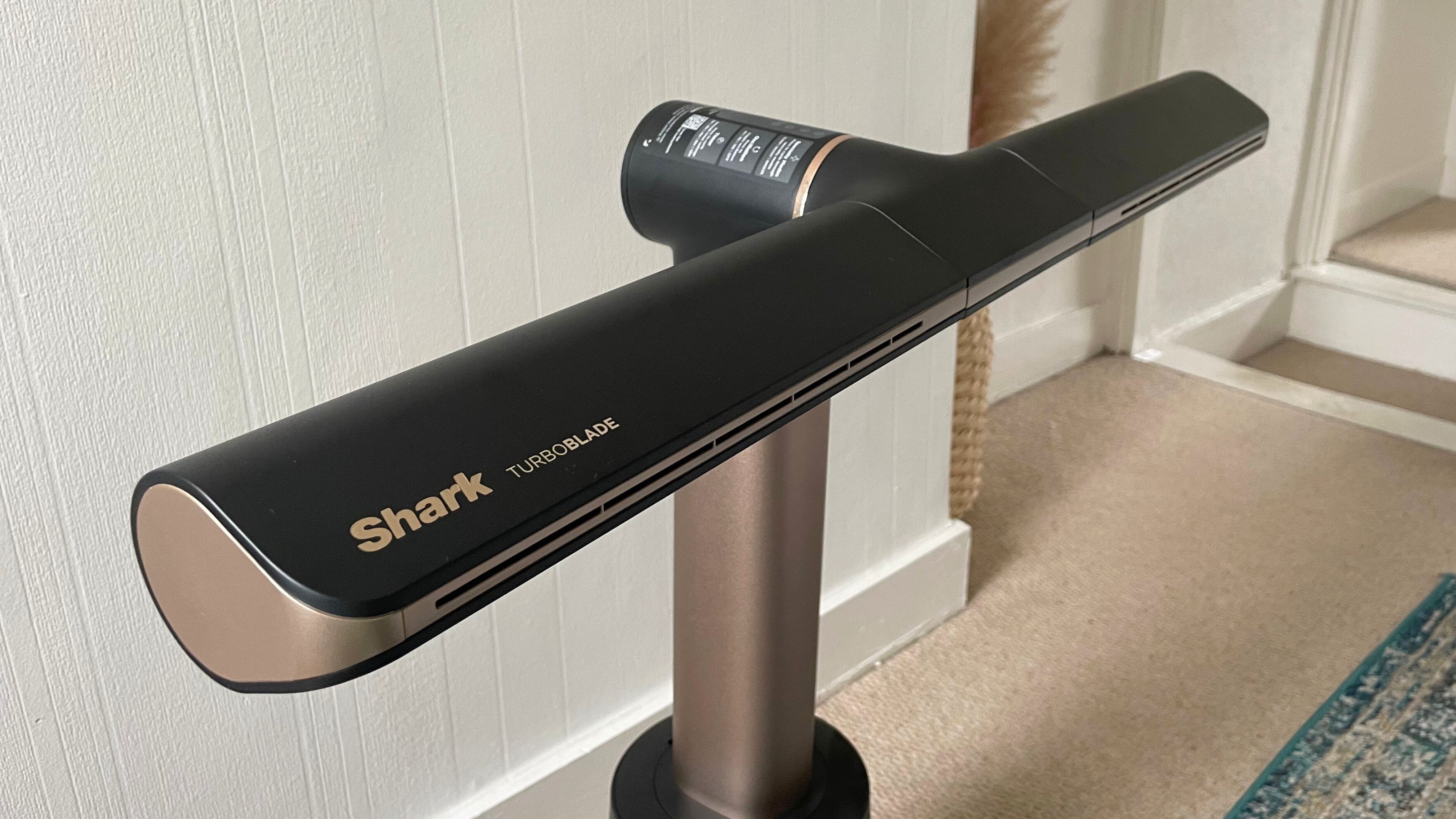
Ah, the trusty fan - the one thing standing between you and a puddle of sweat on those rare sweltering days (and nights). But while it's busy whirring away, keeping you cool, calm and collected, have you ever wondered how much it costs to run a fan?
While there’s no doubt that the best fans are a godsend during the summer months (and let’s also give a shout out to the best desk fans), adding an appliance to your roster can be worrisome - especially if you’re trying to cut down on your energy bills. Yes, that refreshing breeze can come at a cost, and it’s important to understand what that cost is before you invest in one.
So, how much energy does a fan use? I've worked out how much you can expect to spend per hour to run a fan, as well as how you can prevent your bills from ramping up faster than you can say 'heatwave.’ And as I’m feeling generous, I’ve also added some tips on how to cut those costs so you can continue saving energy at home.
How much does it cost to run a fan?
The good news is that many of the best fans on the market are surprisingly energy-efficient, especially when compared to even the best portable air-conditioning units.
But if you want to work out exactly how much it costs to run a fan, you'll first need to work out how much electricity it is using. You can do this by checking the wattage. This should be shown on the fan or the instructions leaflet. Once you know the wattage of your fan, convert this into kilowatt-hours (kW). It might sound complicated, but all you need to do is divide the wattage by 1,000 to give the amount of energy it uses per hour.
To work out the cost, you will need to know how much you pay for one unit of energy (1kWh). This should be listed on your energy bill or you can use the average cost stated under the cap. As per the July 2025 price cap, this is set at 0.257p/kWh.
Multiply the cost of a unit of energy by the kW output of your fan and that will be how much it is costing to run your fan.
Sign up to our newsletter for style inspiration, real homes, project and garden advice and shopping know-how
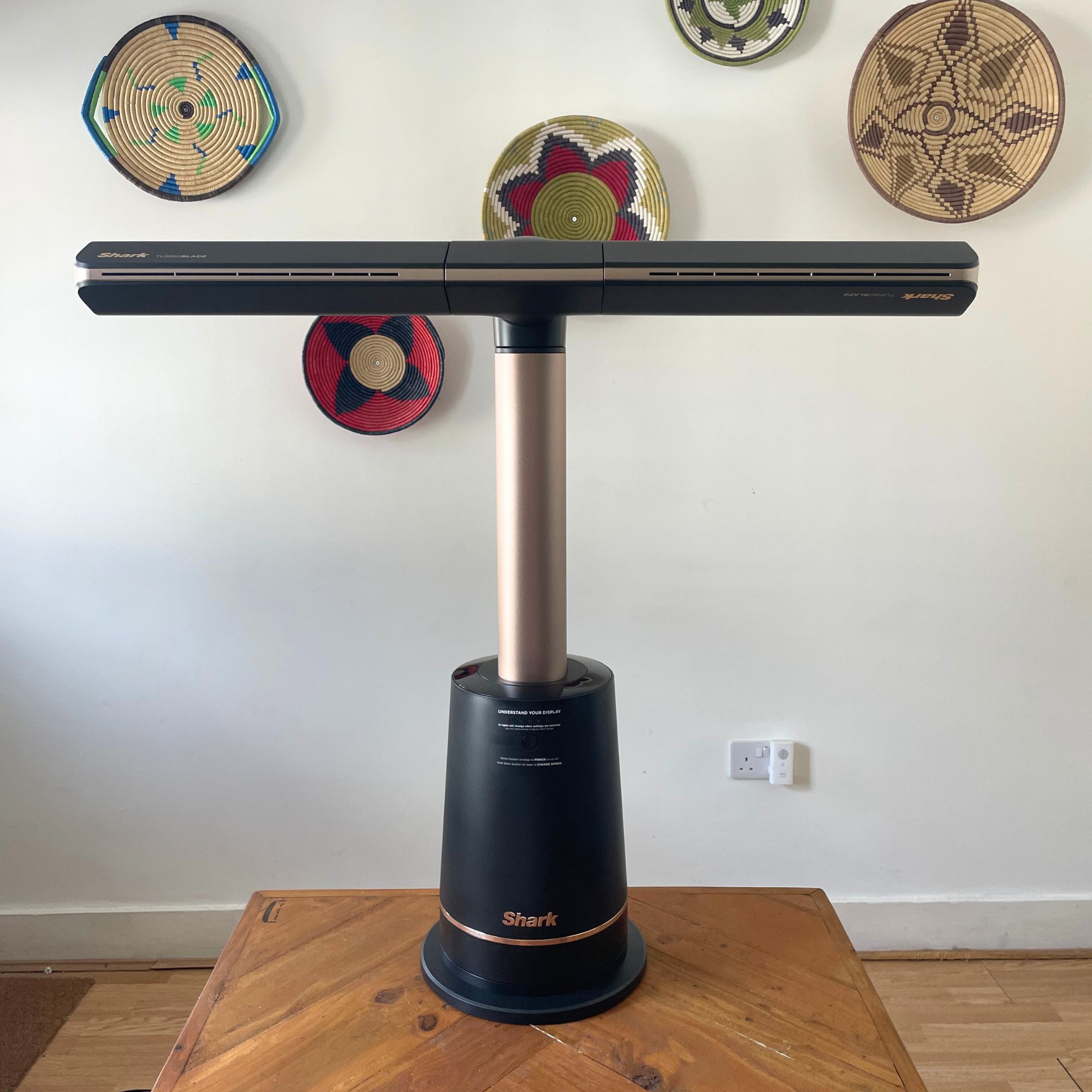
Testing the Shark TurboBlade Multi-Directional Cooling Fan.
- An example 18-inch bladed floor fan uses up to 110 watts at full speed, which is 0.11 kW. So if you're paying 23p per kWh for energy, it’d cost under 3p an hour to run (2.53p, to be exact).
- Compared to an example bladeless fan, which uses 56 watts or 0.056 kW, its cost per hour is just over 1p.
- An example tower fan that uses 35 watts or 0.035 kW is even cheaper to run at just over 0.8p an hour and for 10 hours, just over 8p.
How to save money while using a fan
As you can see from the above figures, the cost of running a fan isn’t as expensive as you’d think. However, there are still many ways that you can save money while using a fan to make the cost even cheaper - without compromising on its cooling power.
1. Keep it clean
One thing many people forget to do is clean their fan, but this task is incredibly important. As Katie Lilywhite, air treatment expert at AO.com explains, ‘Dusty fans are forced to work a lot harder to push air. Make sure you treat your fan to a quick wipe-down every now and then.’
You don’t need any fancy tools or equipment to do this, and using something like these SEEP Eco All Purpose Bamboo Cloths (£9.50 at Amazon) should do the trick. If you have an air purifier fan (something I seriously recommend if you struggle from allergies like hay fever), you should also clean the filter as recommended to keep it working as efficiently as possible.
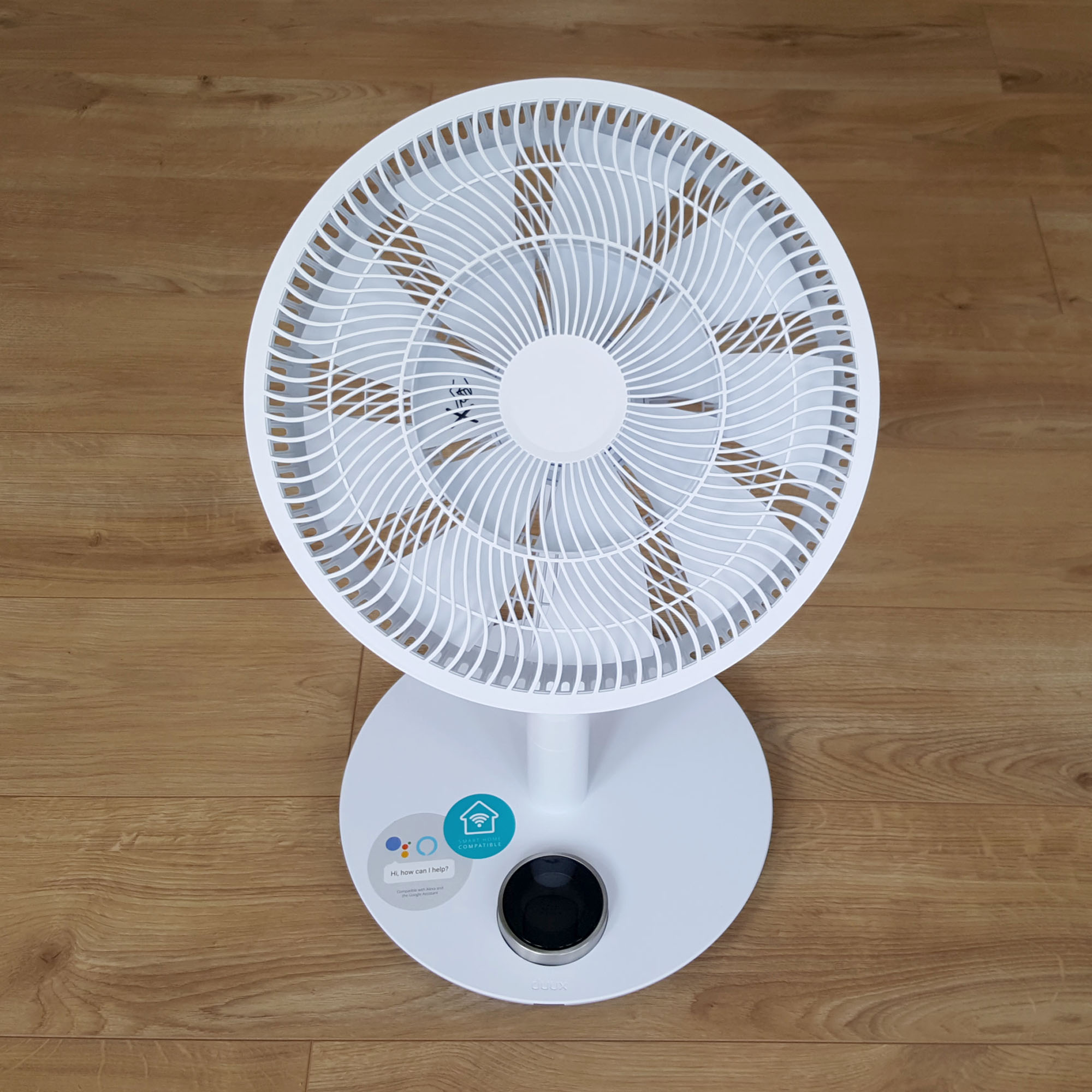
Testing the Duux Whisper Flex Ultimate Fan.
2. Position it perfectly
Forcing your fan to work harder because you can’t feel the cooling power means you’ll need to keep it on for longer and ultimately pay more to run the fan. So, you need to position it perfectly to ensure you’re not paying more than you need to - and this means knowing where not to put a fan.
As Katie explains, ‘Where you place your fan can make all the difference. Try pointing your fan towards you, near a window at night, or to circulate air around a hot room.’ In fact, pointing your fan towards the window is one of the best ways to stay cool in a heatwave.
3. Use a timer
You probably don’t need me to tell you that the longer you use an appliance, the more energy they’ll use. So, one of the best ways to cut down the cost of running a fan is to use a timer to only keep it on for as long as you need it.
Katie says, ‘Most modern fans will have a built-in timer which allows them to switch on and off automatically after you fall asleep or leave the room.’ A lot of the time, these fans will also have Sleep modes, so you can take advantage of the timer and the fact that it’ll be a lot quieter than usual.
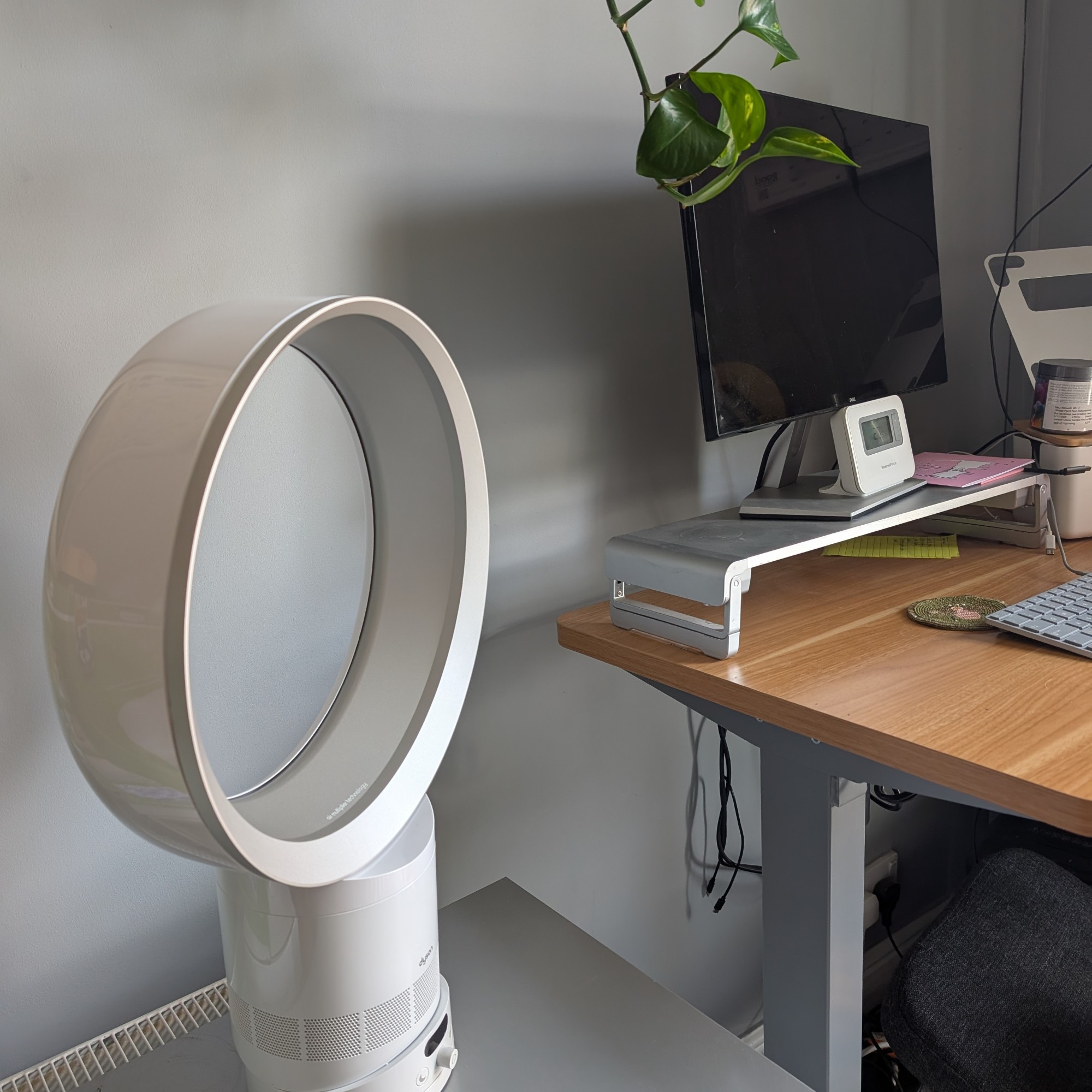
Testing the Dyson Cool CF1.
4. Pair with ice
It’s common knowledge that water and electricity don’t mix, which is why experts urge you to stay away from the viral fan cooling hack using a towel. However, you can still use water and ice to your advantage to make a fan cheaper to run - as long as you use it correctly.
Katie advises, ‘The classic bowl of ice in front of your fan trick can help to give you a chilled breeze without turning up the power.’ And you can use something cheap like this Small Plastic Storage Box Bin (£9.99 at Amazon) to get the job done.
5. Reduce its usage
It may sound counterintuitive to reduce the usage of your fan when it’s boiling hot indoors, but one way to cut the costs of running a fan is to reduce its usage. In most cases, simply switching to a lower fan speed should help.
Katie agrees, saying, ‘Most of the time, you don’t need it on max. Try running your fan on a lower speed setting which can use far less electricity.’ Couple this with other techniques to stay cool in bed and opening your loft hatch, and you’re onto a (very cheap) winner.
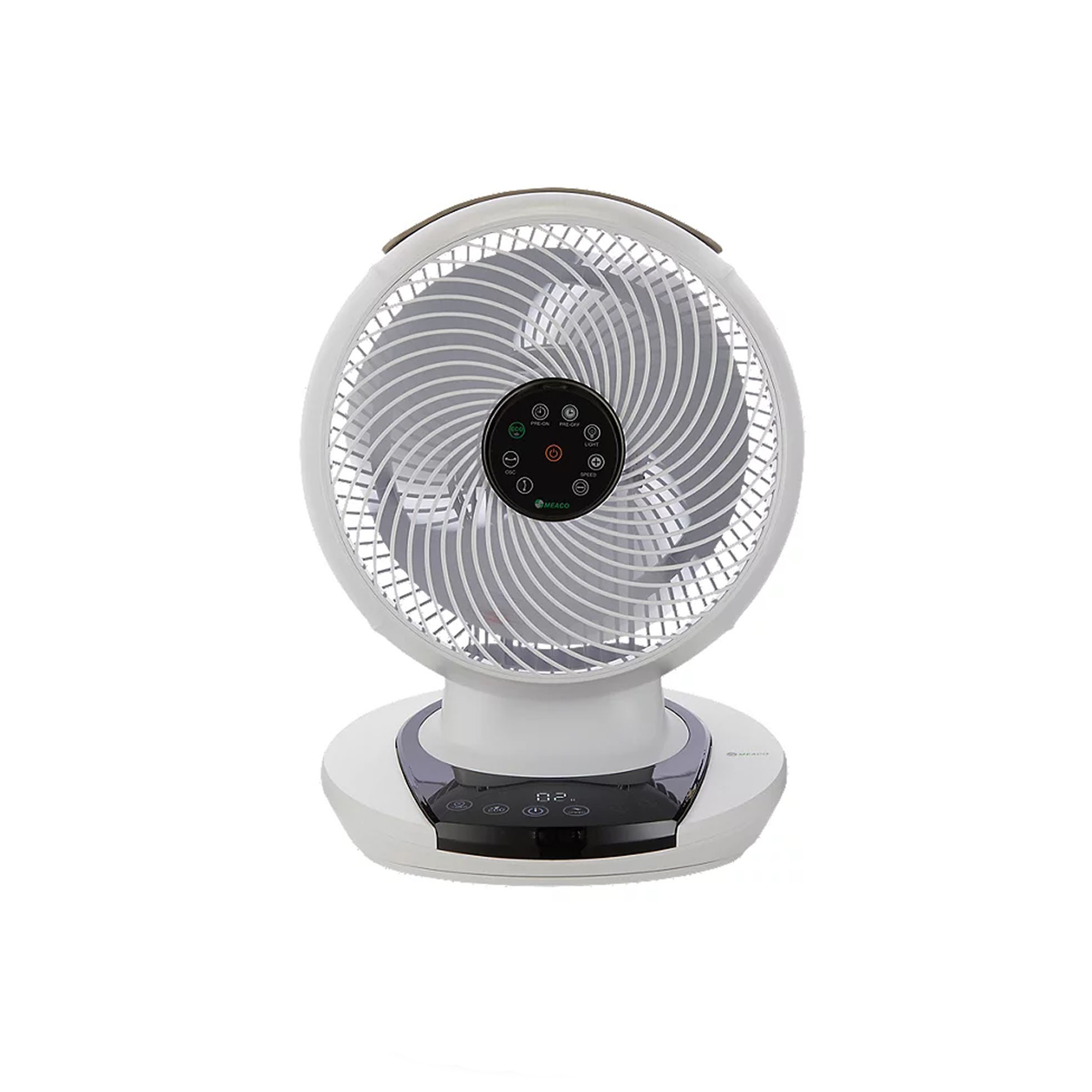
Crowned the 'best overall' fan in our guide, the MeacoFan 1056 Air Circulator is the whole package; powerful, extremely quiet, and cheap to run. In fact, it has a wattage of just 9.5-23.5W.
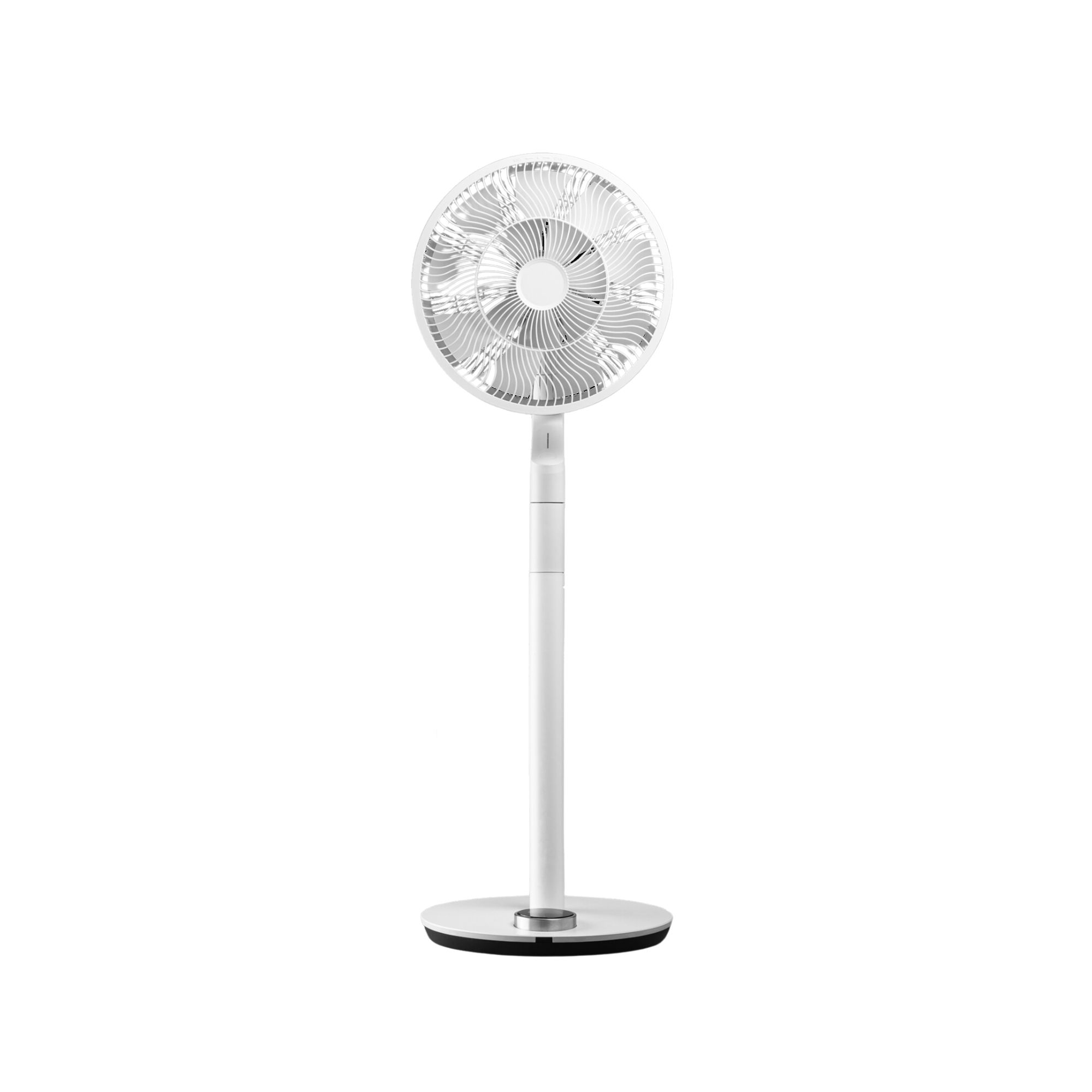
If you want a whisper-quiet fan to help you sleep at night, the Duux Whisper Flex Ultimate Fan is accurate to its namesake. It's also wireless, meaning it's super portable and easy to carry around the house.
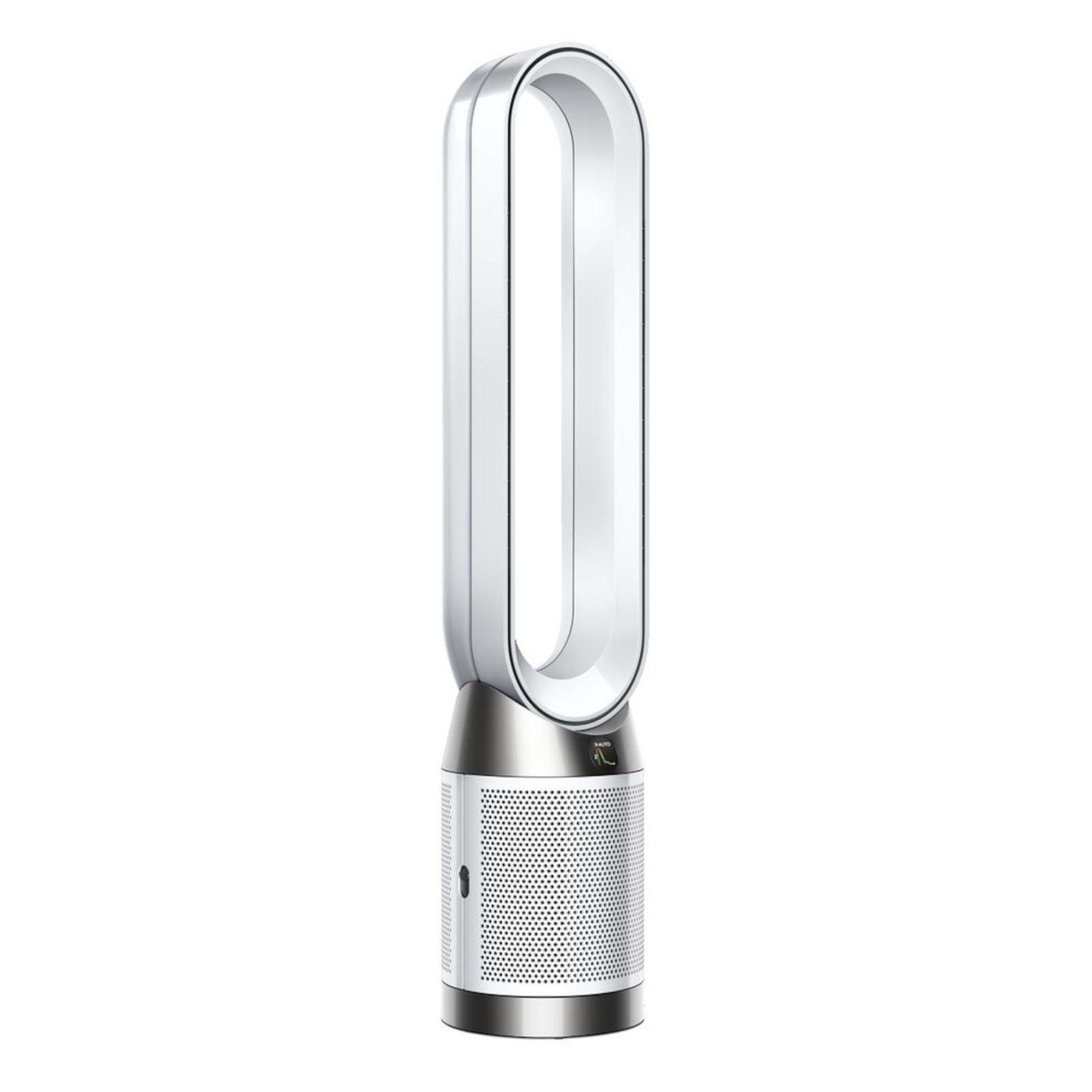
As bladeless fans are typically cheaper to run than bladed, this Dyson Purifier Cool PC1 is an energy-efficient alternative that we loved during testing. It's sleek, smart, and also acts as one of the best air purifiers.
FAQs
Are some fans cheaper to run than others?
While an electric fan might be offering you some relief, for example, helping you if you're too hot to sleep, the last thing you want is to be hit with a nasty surprise when your electricity bill comes through. So it's worth knowing that different types of fans will be more affordable to run over long periods than others.
- Bladed fans tend to use the most energy. Typically, the larger the blades, the more energy it needs to turn them.
- Tower fans often have lower power consumption compared to bladed fans but tend to be less effective at moving air, so you may need to have them on a higher setting.
- Bladeless fans, sometimes called air multipliers, draw air in before passing it over small asymmetric blades that increase the pressure and airflow, before pushing it out into the room. This means for how much does it cost to run a fan that these can be more energy efficient than fans with more moving parts.
Is it expensive to leave a fan on all night?
Most fans cost just pennies to run an hour, which means they’re fairly cheap to leave on all night - whether that be for eight or ten hours. Of course, it’s important to take into the account the current price of electricity and the wattage of your fan before doing so, so you’re not shocked when your electricity bill comes through.
So, is the cost to run a fan more or less than you thought?

Lauren Bradbury has been the Content Editor for the House Manual section since January 2025 but worked with the team as a freelancer for a year and a half before that. She graduated with a Bachelor’s degree in English and Creative Writing from the University of Chichester in 2016. Then, she dipped her toe into the world of content writing, primarily focusing on home content. After years of agency work, she decided to take the plunge and become a full-time freelancer for online publications, including Real Homes and Ideal Home, before taking on this permanent role. Now, she spends her days searching for the best decluttering and cleaning hacks and creating handy how-to guides for homeowners and renters alike, as well as testing vacuums as part of her role as the Ideal Home Certified Expert in Training on Vacuums, having spent over 110 hours testing different vacuum models to date!
- Rachel OgdenContributor